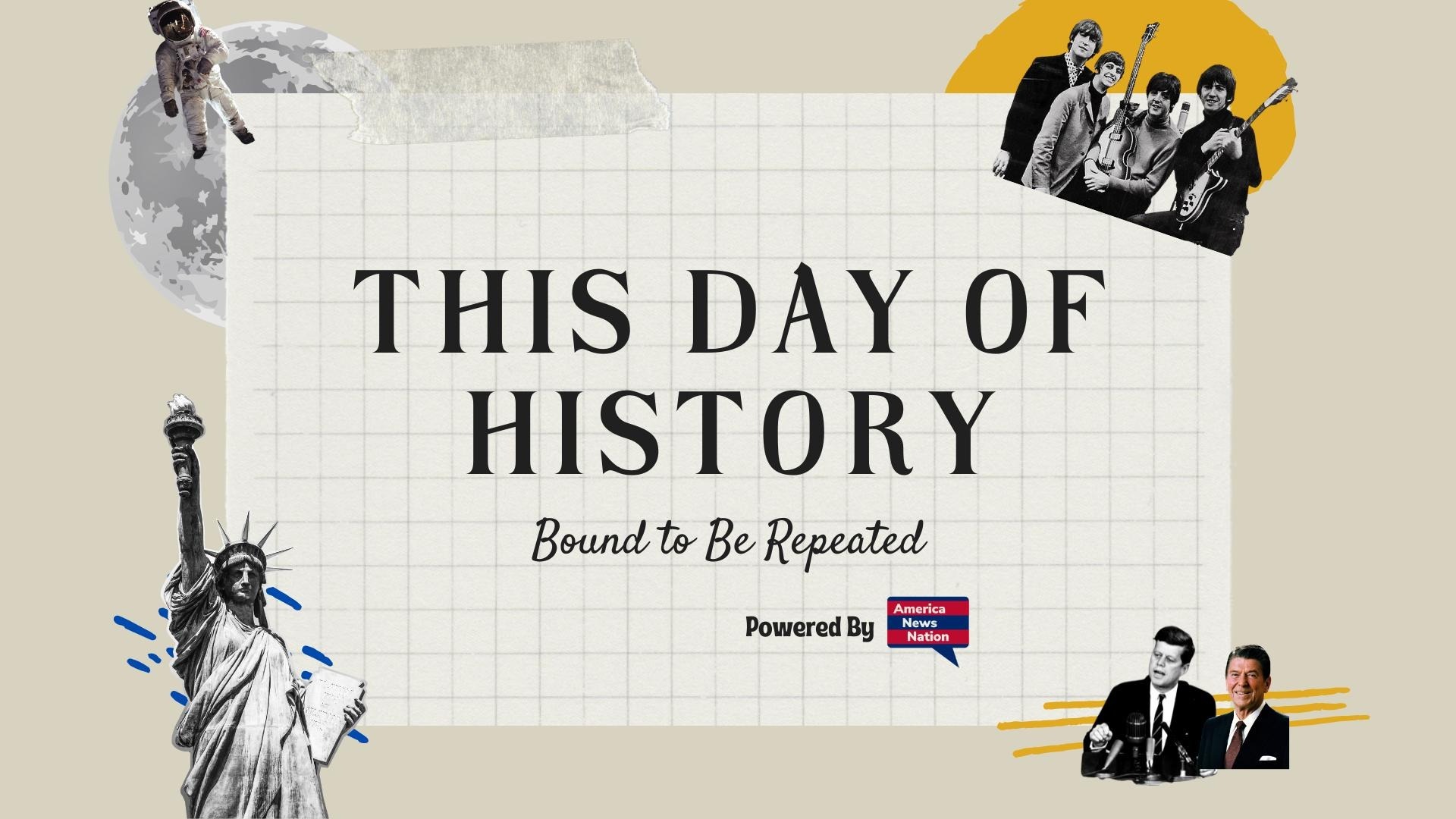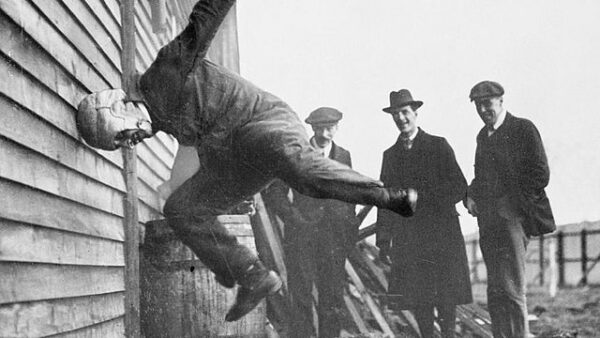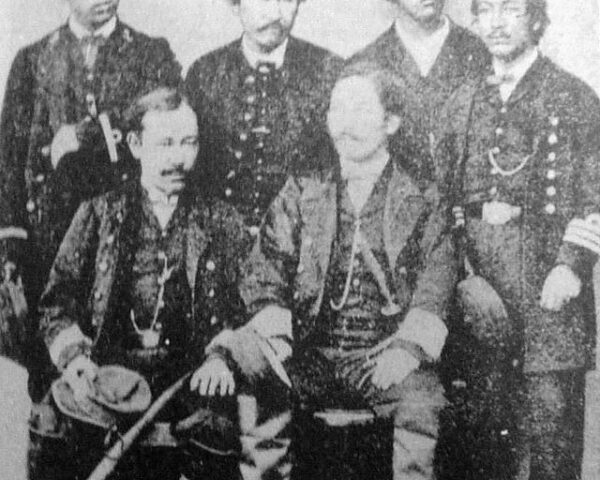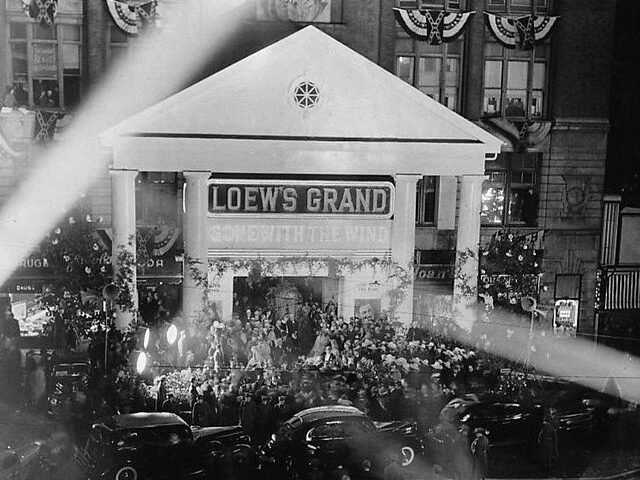Amid the global conflagration of World War II and the accelerating transformation of professional football into a faster, more punishing spectacle, April 7, 1943, marked a quiet yet consequential turning point: the National Football League formally mandated helmet use for all players. Though it may appear a mere equipment change, the decision represented something far more significant—an inflection point in the league’s uneasy reconciliation of spectacle and safety, aggression and accountability.
Until the 1940s, helmets remained largely optional—vestigial relics of a less systematized era. Many veterans, especially those steeped in the mythology of toughness, chose to forgo them altogether. The early leather helmets, soft, cumbersome, and offering minimal protection, were dismissed as nuisances, not safeguards. Playing bareheaded was not only tolerated—it was valorized. It became a mark of masculine defiance, a totem of football’s primal ethos. But as the game’s velocity and violence escalated, the toll of unchecked collisions could no longer be ignored.
Though still overshadowed by college football and baseball in national consciousness, the NFL of the 1930s and early ’40s was in the throes of institutional maturation. With that came a growing recognition: the league’s long-term viability demanded a reckoning with the human cost of its product. Mounting reports of concussions, fractured skulls, and even fatalities—most prominently in the college ranks but not unknown to the pros—prompted public concern and regulatory scrutiny. The NFL, peripheral though it still was, could ill afford the perception of indifference.
The exigencies of war only heightened the stakes. With rosters depleted by military enlistment and the nation’s focus turned overseas, the fragility of the season became more apparent. Injuries to the few remaining players posed existential threats to franchises already stretched thin. Thus, the 1943 helmet mandate functioned as both a wartime expedient and a symbolic gesture toward reform—pragmatic and aspirational in equal measure.
Resistance, predictably, followed. Some players complained that helmets obstructed vision or muffled communication. Others lamented the erosion of individuality, insisting that the headgear sanitized their on-field persona. But the league, facing both internal risk and external pressure, held its ground. Compliance became compulsory. Dick Plasman, the last man to play without a helmet—his final game in 1940—would henceforth serve as a historical footnote, the embodiment of a bygone era.
In the immediate sense, the rule change marked the league’s first institutional foray into regulating player safety—a domain it would come to dominate, and often contest, in the decades ahead. Over time, the helmet evolved into more than protection: it became a site of technological innovation, team identity, and symbolic tension. By the 1950s, leather gave way to plastic, face masks were introduced, and helmets became not only standard but iconic. Yet with the illusion of safety came unintended consequences—more reckless tackling, more severe impacts, and eventually, an intensifying national debate over football’s neurological costs.
Still, the 1943 mandate endures as a watershed. It acknowledged—however tentatively—that football’s violence was not merely theatrical but corporeal, not only entertaining but exacting. The NFL’s decision, far from being a passive concession to modernity, constituted an early, if partial, admission: that the survival of the game would depend not just on its spectacle, but on its willingness to safeguard those who endure it.






